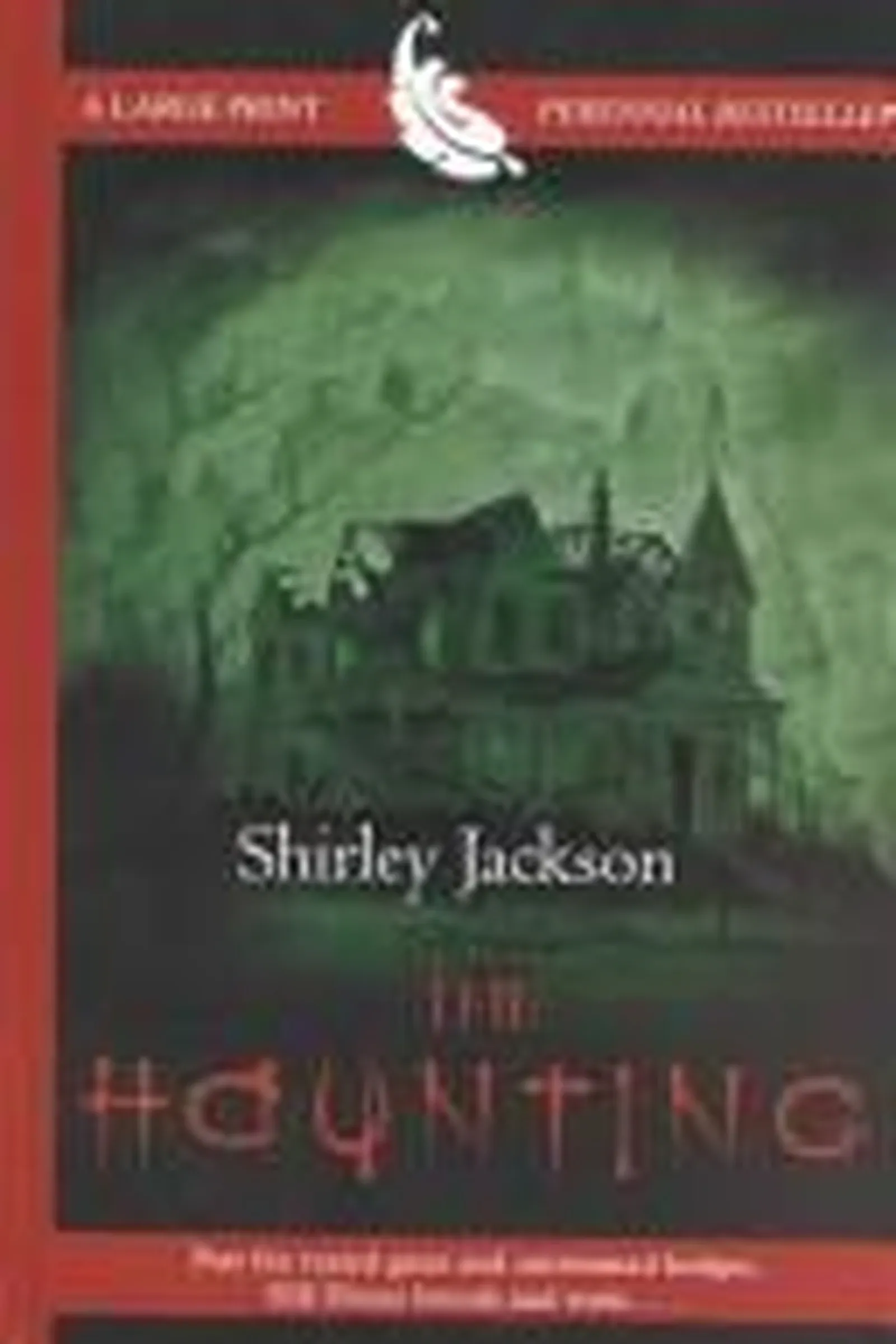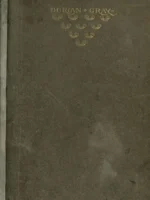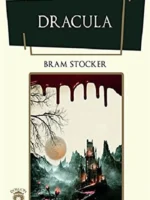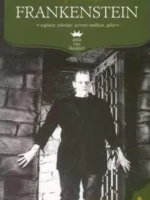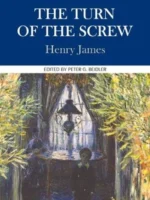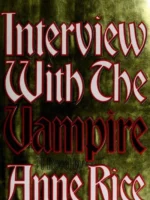The Haunting of Hill House, Shirley Jackson, 1959
- Author: Shirley Jackson
- Genre: Horror/Gothic
- Publisher: Viking Press
- Publication Year: 1959
- Pages: 246
- Format: Paperback
- Language: English
- ISBN: 978-0143039983
- Rating: 4,0 ★★★★☆
The Haunting of Hill House Review
About
Published in 1959, Shirley Jackson’s novel is a high-water mark of psychological and supernatural horror. Instead of jump scares, it leans on voice, pattern, and the unnerving idea that a house can have intentions. Jackson writes about loneliness with a precision that hurts, and then sets that ache inside a floor plan. The result is intimate and frightening: a ghost story where the most dangerous room is the narrator’s mind.
Overview
Dr. John Montague, an academic obsessed with the paranormal, rents Hill House for a summer to gather evidence. He invites a small group with plausible “sensitivities”: Eleanor Vance, who has spent years caring for an ill mother; Theodora, witty and self-protective; and Luke Sanderson, heir to the property. They arrive to a mansion designed like a trap—angles slightly wrong, doors that swing shut, hallways that confuse. No one can agree on what’s real: noises, cold spots, messages on walls. As the days pass, the group’s dynamics tilt; small tensions sharpen; the house seems to prefer some guests and reject others. Eleanor, hungry for belonging, feels singled out—and welcomes it a little too much.
Summary
(light spoilers) Eleanor drives to Hill House after a life of caretaking and dismissal, already fragile, already listening for something to call her by name. The first nights bring knocking, laughs in empty halls, and a chill that settles in the bones. Words appear in chalk that seem aimed at Eleanor, and she moves from fear to a strange pride: at last, someone sees her. Theodora’s teasing and Montague’s polite detachment leave Eleanor hovering between friendship and exclusion; Luke’s charm doesn’t anchor her either. The house deepens its tactics—architectural tricks, time slips, and a suffocating nursery—until Eleanor’s inner monologue and the narrator’s voice start to braid. After a chaotic nocturnal episode, Montague decides Eleanor must leave for her safety. She refuses; leaving would mean returning to the life she dreads. The final drive away from the house becomes a test of who is steering—Eleanor or Hill House—and the book closes without a tidy explanation, only a lingering sense that the house endures and remembers.
Key Themes / Main Ideas
• Isolation and longing — a life half-lived makes any invitation feel like fate.
• Unreliable perception — subjectivity lets dread creep in from the edges.
• Architecture as psychology — skewed angles mirror skewed selfhood.
• Group dynamics — affection and mockery can look similar to someone starved of care.
• The ordinary uncanny — teacups, wallpaper, and laughter become weapons.
Target Audience
Readers who prize atmosphere over gore; anyone curious how horror can be built from syntax, not spectacle. Book clubs that like moral ambiguity will find plenty to argue about—what’s “really” there, and what we project. Fans of haunted-house fiction (from Mexican Gothic to ghost-story cinema) will recognize how much of the genre’s toolkit Jackson assembled here. Sensitive readers should expect a close portrait of loneliness and anxiety; the power of the book is that it never condescends to either.
Strengths and Weaknesses
• Strengths — A voice that slides from wry to terrified without breaking; a house that feels like a character; a compassionate study of what makes someone vulnerable to invitation.
• Strengths — Set pieces (the pounding hallway, the nursery) that work because of timing, not tricks.
• Weaknesses — Readers wanting explicit rules or a solved mystery may feel teased; the ambiguity is the point.
• Weaknesses — Mid-century manners can read arch if you’re expecting contemporary dialogue.
Reviewed with focus on themes, audience, and takeaways — Shirley Jackson
| pa_author | Shirley Jackson |
|---|---|
| ISBN | 978-3-816-20972-8 |
| pa_year | 2022 |
| Pages | 314 |
| Language | English |

